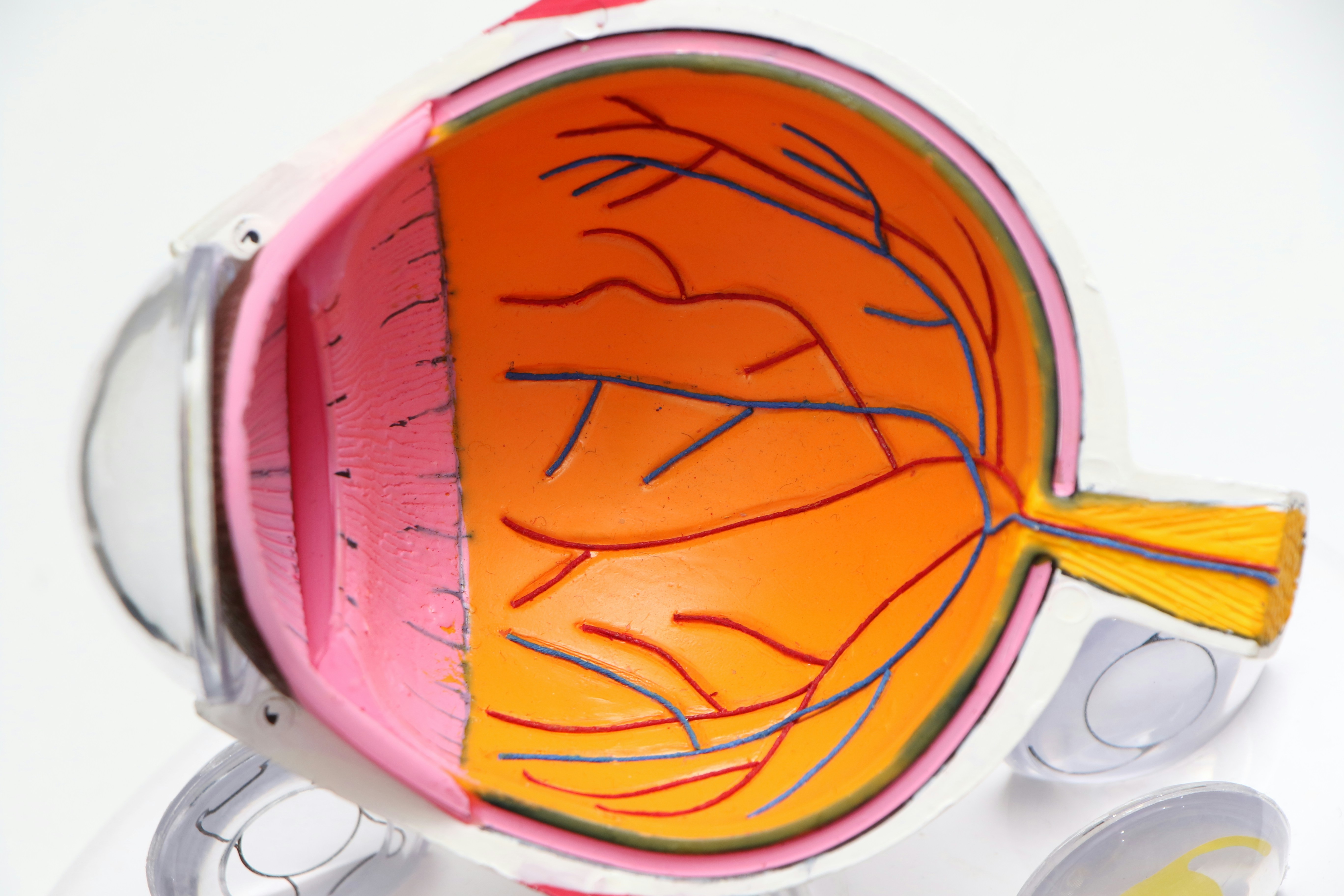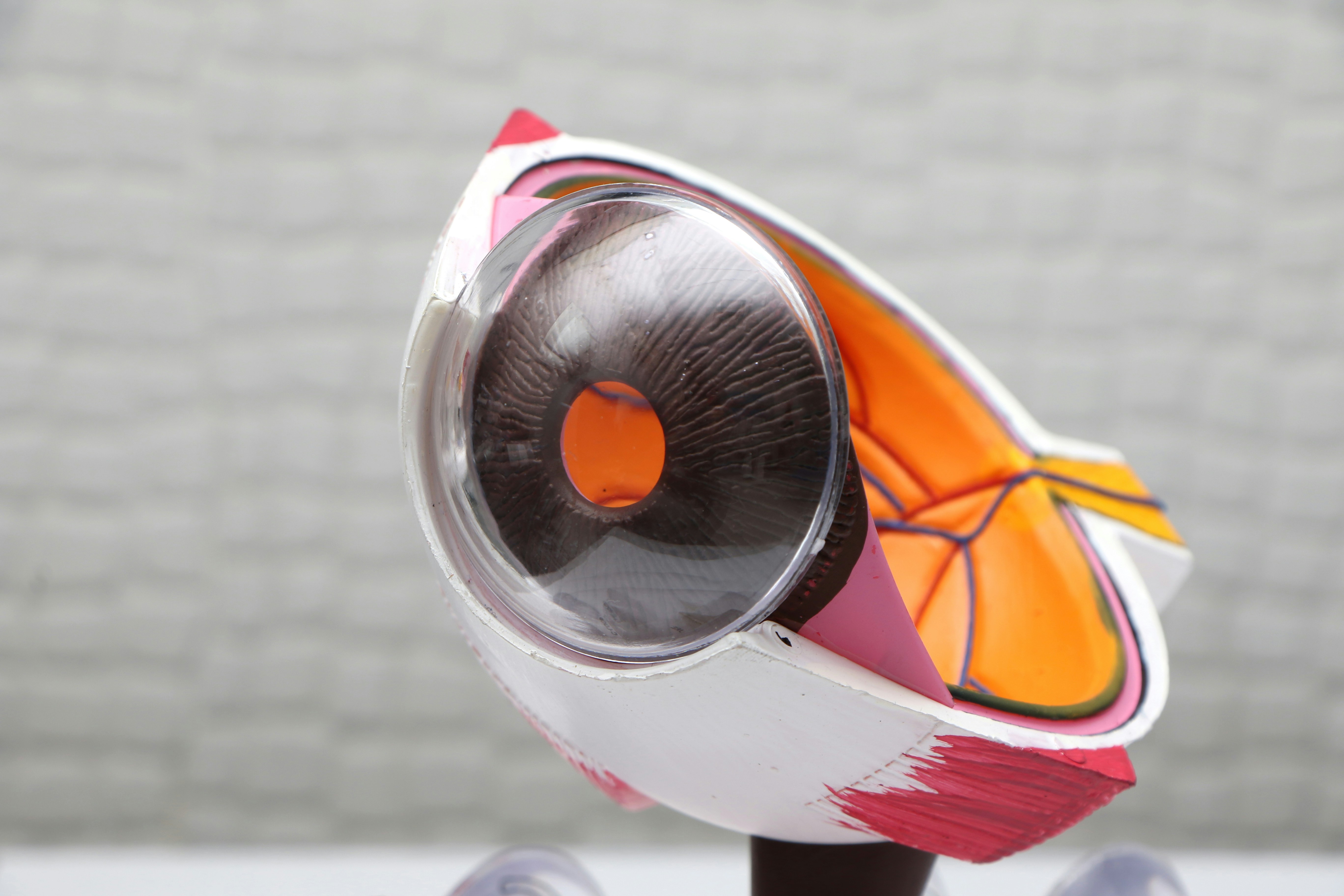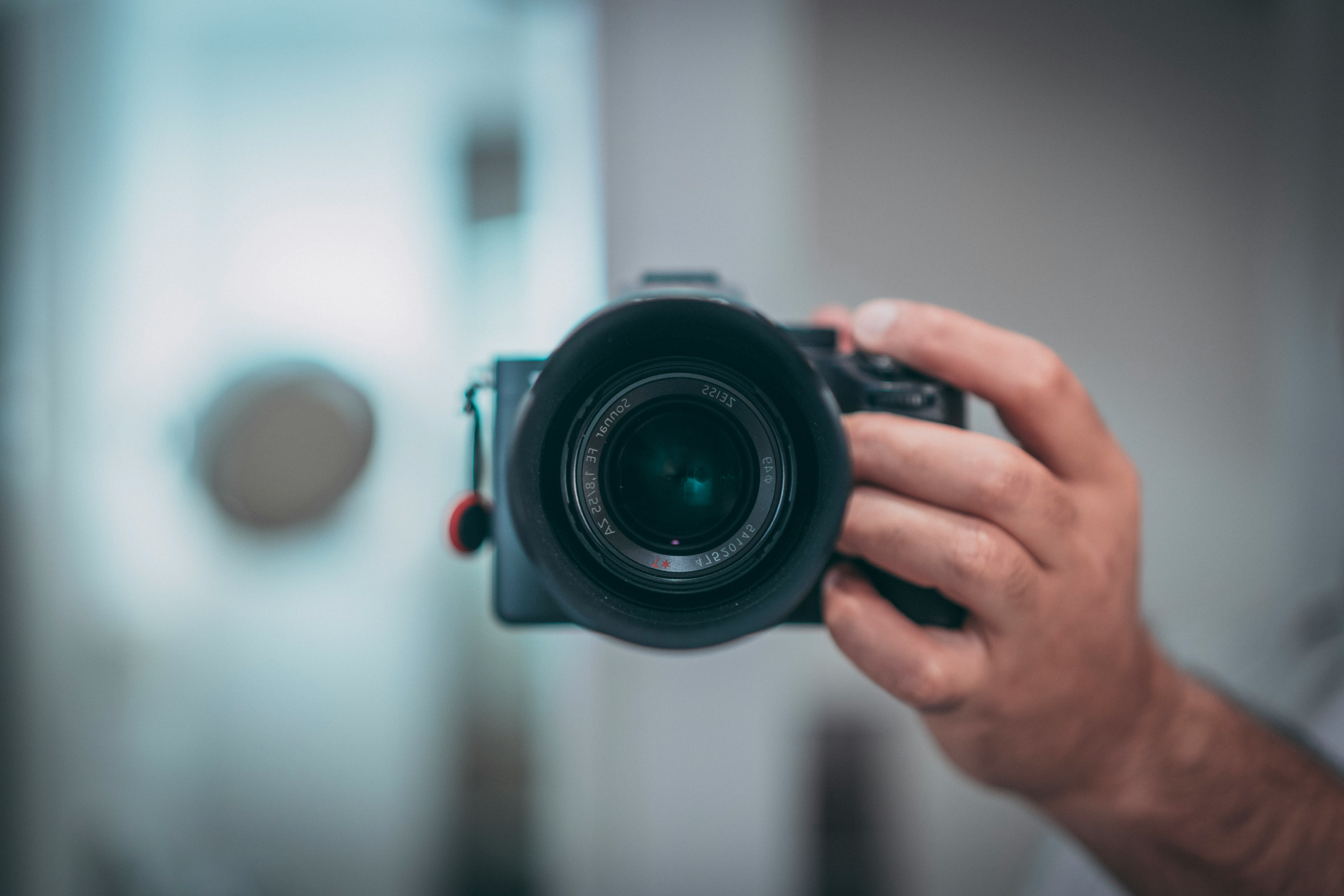
Do you need these special lens filters?
2025-04-24



Do You Need These Special Lens Filters?
As a photographer, you may have come across various lens filters while browsing through photography equipment. But do you really need all of them? In this blog post, we will discuss some common types of lens filters and whether or not they are essential for your photography kit.
Introduction
Lens filters are accessories that can be attached to the front of your camera lens to achieve different effects or correct specific issues. They come in various shapes, sizes, and functions, but not all of them are necessary for every photographer. Understanding the purpose of each filter can help you decide which ones are worth investing in.
Types of Lens Filters
-
UV Filter: One of the most common filters, a UV filter is generally used to protect the front element of your lens from dust, moisture, and scratches. It can also reduce haze in landscape photos taken on a sunny day. However, with modern lenses being more durable and resistant to UV light, using a UV filter may not be necessary unless you are shooting in harsh conditions.
-
Polarizing Filter: A polarizing filter is used to reduce reflections and glare from surfaces such as water, glass, and foliage. It can also enhance the saturation of colors in your photos, making them appear more vibrant. This filter is particularly useful for landscape and outdoor photography, but it may not be essential for studio or portrait photography.

-
Neutral Density (ND) Filter: An ND filter reduces the amount of light entering your lens without affecting the colors or sharpness of your photos. This allows you to use longer shutter speeds or wider apertures in bright conditions, creating motion blur or shallow depth of field effects. ND filters are commonly used in landscape, architecture, and long exposure photography.
-
Graduated ND Filter: A graduated ND filter is similar to a regular ND filter, but it has a gradient that transitions from dark to clear. This filter is useful for balancing exposure in scenes with a bright sky and dark foreground, such as sunrise or sunset landscapes. By placing the dark part of the filter over the bright area of the scene, you can achieve a more evenly exposed photograph.
Practical Tips
-
Invest in Quality Filters: Cheap filters can degrade the image quality of your photos, so it is essential to invest in high-quality filters from reputable brands. Look for filters made from optical glass or coated with anti-reflective materials to minimize flare and ghosting.
-
Consider Your Shooting Style: Think about the type of photography you do most often and choose filters that will enhance your specific needs. For example, if you primarily shoot portraits, a polarizing filter may not be as useful as a UV filter for protection.
-
Experiment with Filters: Don't be afraid to experiment with different filters to see how they affect your photos. Try using a polarizing filter to enhance the colors in a landscape shot or a ND filter to create a dreamy long exposure effect. Practice using filters in different lighting conditions to understand their full potential.
Conclusion
In conclusion, while lens filters can be valuable tools for photographers, not all of them are necessary for every shooting situation. It is essential to understand the purpose of each filter and how it can benefit your photography before making a purchase. Consider investing in quality filters that align with your shooting style and experiment with different filters to expand your creativity. Remember, the best filter is the one that helps you achieve the desired result in your photographs.
Whether you choose to use UV, polarizing, ND, or graduated ND filters, make sure to utilize them effectively to enhance your photography skills and create stunning images. Filter your way to better photos!